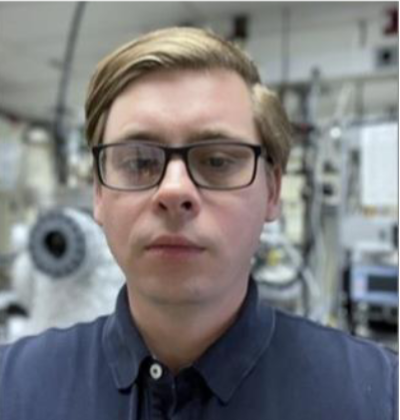Voltage-controlled magnetism enabled by resistive switching
Resistive switching and spintronics emerged as leading approaches for the development of scalable and energy-efficient memories and information processing devices. In resistive switching systems, an electrical stimulus, voltage or current, programs the material’s resistivity. In spintronics, electrical signals are used to manipulate and probe the material’s magnetic configuration. Combing resistive switching and spintronics functionalities in a single device is an exciting opportunity to bring together the advantages of charge- and spin-based electronics, enriching the design space for practical applications, and to further the basic understanding of interactions between electrical and magnetic properties in matter. In this talk, I will discuss the interplay between resistive switching and magnetism in a model system (La,Sr)MnO3 (LSMO). Applying voltage to LSMO triggers coupled metal-insulator and ferromagnetic transitions producing volatile low-to-high resistance switching. The switching occurs in a characteristic spatial pattern, the formation of a paramagnetic insulating barrier perpendicular to the current flow (in contrast to the conventional filamentary percolation parallel to the current). The voltage- induced barrier formation drives the development of a uniaxial magnetic anisotropy that overpowers the intrinsic material’s anisotropy. Furthermore, inducing resistive switching leads to strong magneto- transport anomalies including large magnitude increase and sign flip of anisotropic and colossal magnetoresistances. Because resistive switching is a common phenomenon observed in many materials, the findings of this work open an avenue toward utilizing resistive switching as an efficient tool for electrical manipulation of magnetism in a variety of ferro-, ferri- and antiferromagnetic systems.
Date and Time
Location
Hosts
Registration
-
 Add Event to Calendar
Add Event to Calendar
- 1420 Austin Bluffs Pkwy
- Colorado Springs, Colorado
- United States 80918
- Building: Osborne Center for Science and Engineering
- Room Number: A204
- Contact Event Host
- Co-sponsored by UCCS
Speakers
 Pavel Salev of University of Denver
Pavel Salev of University of Denver
Voltage-controlled magnetism enabled by resistive switching
Resistive switching and spintronics emerged as leading approaches for the development of scalable and energy-efficient memories and information processing devices. In resistive switching systems, an electrical stimulus, voltage or current, programs the material’s resistivity. In spintronics, electrical signals are used to manipulate and probe the material’s magnetic configuration. Combing resistive switching and spintronics functionalities in a single device is an exciting opportunity to bring together the advantages of charge- and spin-based electronics, enriching the design space for practical applications, and to further the basic understanding of interactions between electrical and magnetic properties in matter. In this talk, I will discuss the interplay between resistive switching and magnetism in a model system (La,Sr)MnO3 (LSMO). Applying voltage to LSMO triggers coupled metal-insulator and ferromagnetic transitions producing volatile low-to-high resistance switching. The switching occurs in a characteristic spatial pattern, the formation of a paramagnetic insulating barrier perpendicular to the current flow (in contrast to the conventional filamentary percolation parallel to the current). The voltage- induced barrier formation drives the development of a uniaxial magnetic anisotropy that overpowers the intrinsic material’s anisotropy. Furthermore, inducing resistive switching leads to strong magneto- transport anomalies including large magnitude increase and sign flip of anisotropic and colossal magnetoresistances. Because resistive switching is a common phenomenon observed in many materials, the findings of this work open an avenue toward utilizing resistive switching as an efficient tool for electrical manipulation of magnetism in a variety of ferro-, ferri- and antiferromagnetic systems.
Biography:
Pavel Salev joined the Department of Physics & Astronomy at the University of Denver in October 2022, where he is building a new lab specializing in growth and characterization of complex oxide thin films and heterostructures. He received the bachelor and master degrees from Tver State University (Russia) and a Ph.D. in physics from University of Tulsa. He did a postdoctoral work at the University of California San Diego in the group of Ivan Schuller. His research focuses on exploring strongly-correlated electronic systems for applications in novel computational technologies.
Email:
Address:2112 E. Wesley Ave., Department of Physics and Astronomy, Denver, Colorado, United States, 80208
